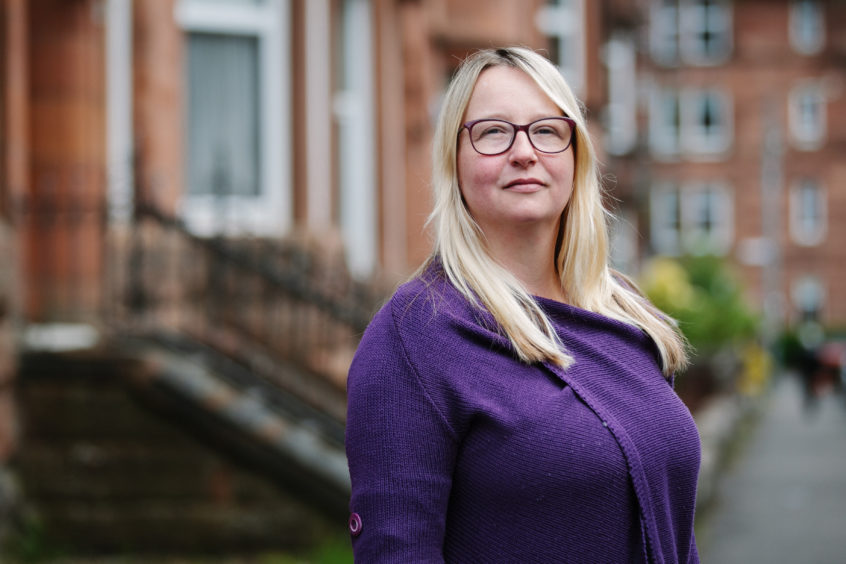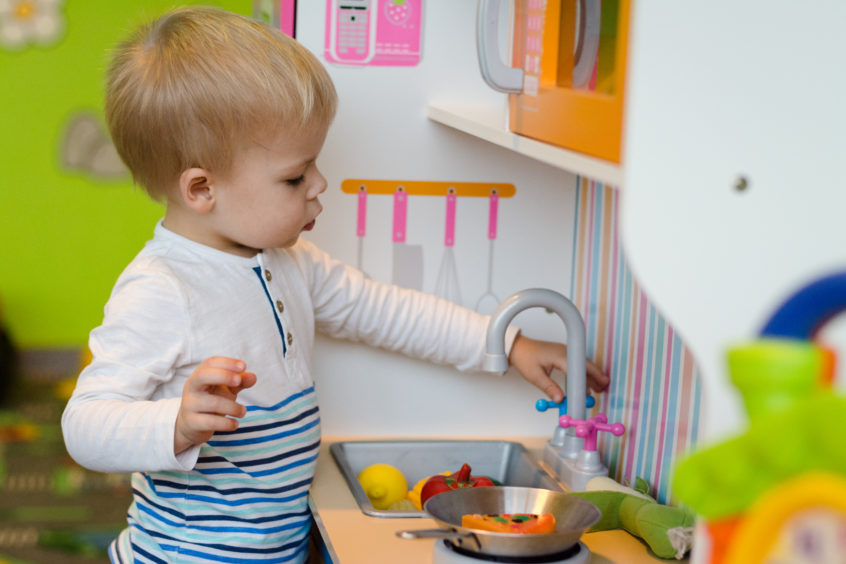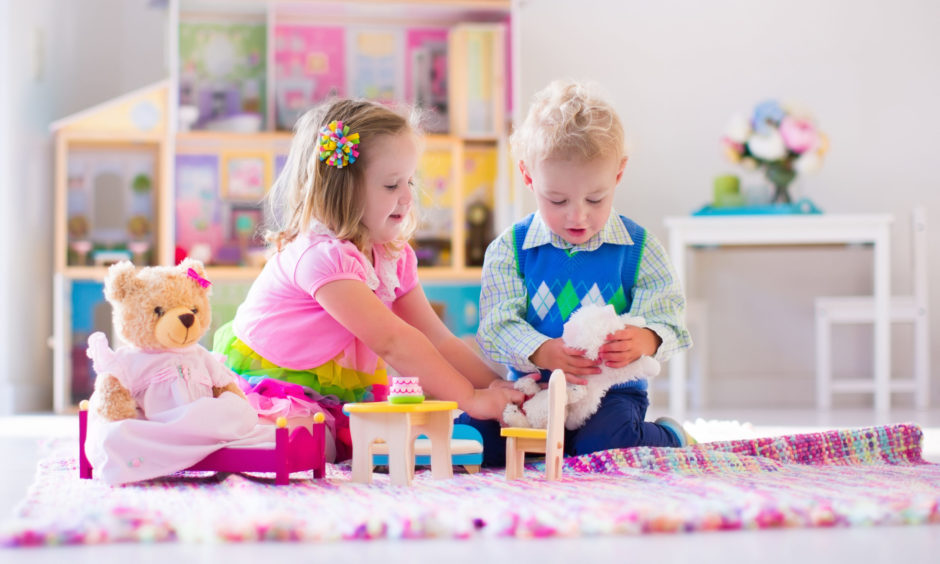
Children are growing up believing that women can be blamed for the actions of an abusive male partner, according to a leading family and social policy expert.
However, Dr Nancy Lombard, reader of sociology at Glasgow Caledonian University, believes that opportunities exist to challenge these viewpoints and avert the possibility of boys becoming domestic abusers.
Through interviews conducted with primary school pupils, Dr Lombard found toxic stereotypes about masculinity and women’s roles in society are embedded in young minds far earlier than previously thought.
She presented P6 & P7 pupils with case studies of men telling female partners not to wear certain clothes or being physically violent towards them for not making dinner.
Traditional views
Across five diverse schools in Glasgow – in affluent and deprived areas, with pupils from a mix of ethnic and religious backgrounds – she discovered both girls and boys were predisposed to blame the woman for the man’s actions.
“It was very much about modifying or changing behaviour stopping the man getting angry or jealous – and they saw jealousy as positive because they saw it as caring, as a sign he loves her,” she notes.
“They said it was all on her to prepare the food. Very few asked why he couldn’t make his own dinner.
“I found there was still a traditional view of men being in charge and women doing as they were told.
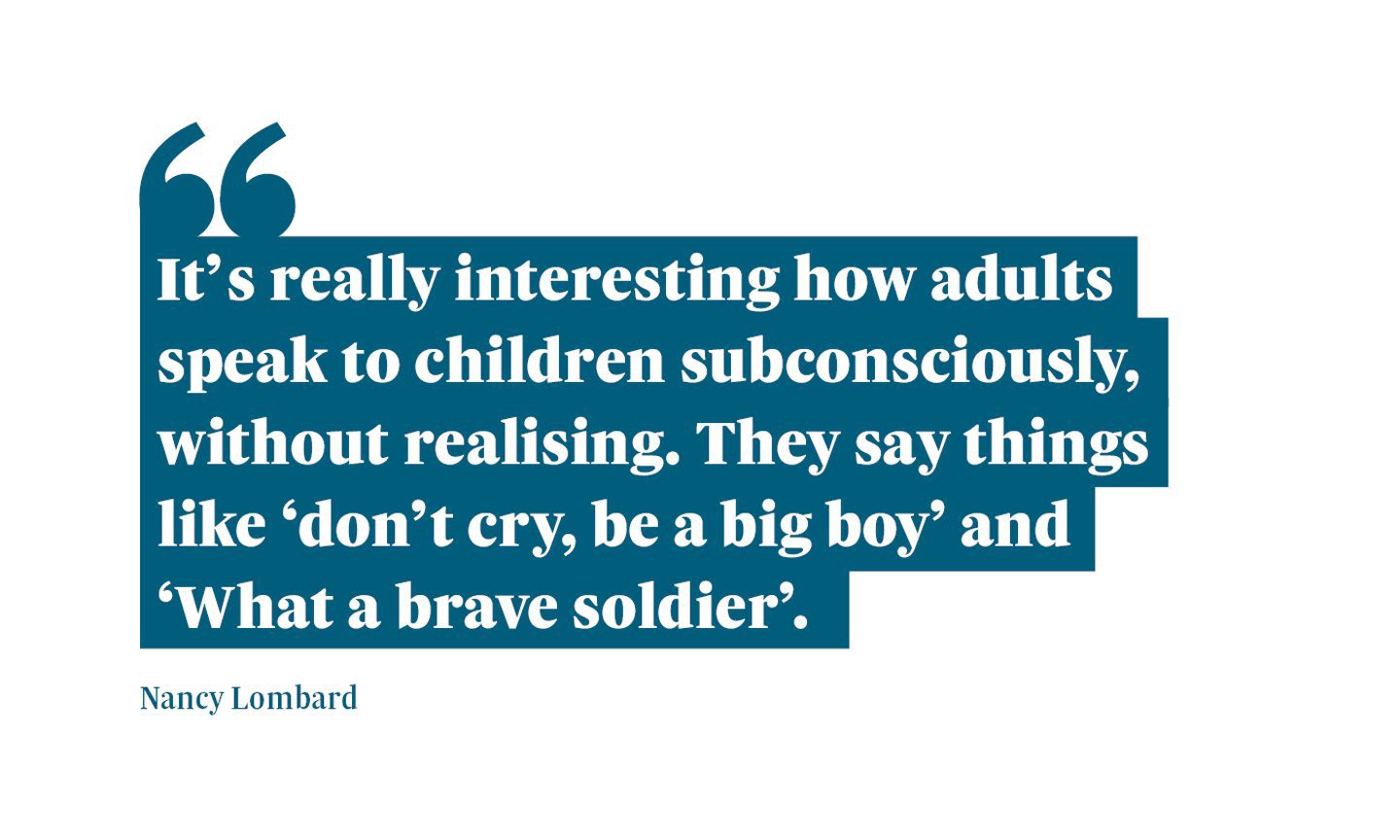
“When I turned the first situation (about controlling clothing choices) around and said the woman didn’t like the man wearing certain clothes, they all said ‘she’s not the boss of him, she’s not in charge’.
“They thought he had the right to tell her what to wear but she didn’t have that same power.”
Earlier the intervention, the better
Allowing such gendered attitudes – where males dominate and females submit – to continue unabated arguably sets the foundations for, and threatens to repeat a cycle of, gender violence in all corners of society, according to Dr Lombard.
And the earlier the intervention, the better. The Gender Friendly Nursery initiative trialled in some Glasgow nurseries in 2016 by NHS Greater Glasgow and Clyde saw early years practitioners educated in how to avoid subconsciously stereotyping boys and girls.
The researcher continued: “It’s really interesting how adults speak to children subconsciously, without realising. They say things like ‘don’t cry, be a big boy’ and ‘What a brave soldier’.
“These terms and language we use to differentiate boys and girls and even how we separate them in play. The NHS devised this training to widen these opportunities for children, for boys as much as girls.
“Boys can feel they are ‘not allowed’ to dress up or play in the house corner and that ‘not allowed’ doesn’t come from the nursery but those expectations of gender (in society).”
The Gender Friendly Nursery project is now being expanded across the NHS Greater Glasgow and Clyde area due to its success with the Scottish Government eyeing up potential rollouts elsewhere in Scotland. Dr Lombard says such a move could nip the subconscious divides in the bud – but says it goes for society beyond the classroom, too.
“Children get these ideas from all sorts of places – TV, social media, celebrity culture. I do think you can have a family where things are as equal as they can be but the outside world can have influence.
“Look at politics. The Westminster government is basically lots of white old men. You only need to look across at America and see a man talking about how to treat a woman and how treating a woman in that way is still seen as impressive and powerful.
“We might get pockets of equality but on the whole we have got powerful men in charge that hold onto this idea of what we call ‘hegemonic masculinity’: valorising physical prowess, swagger, male sexual prowess, power, ethnicity, whiteness.
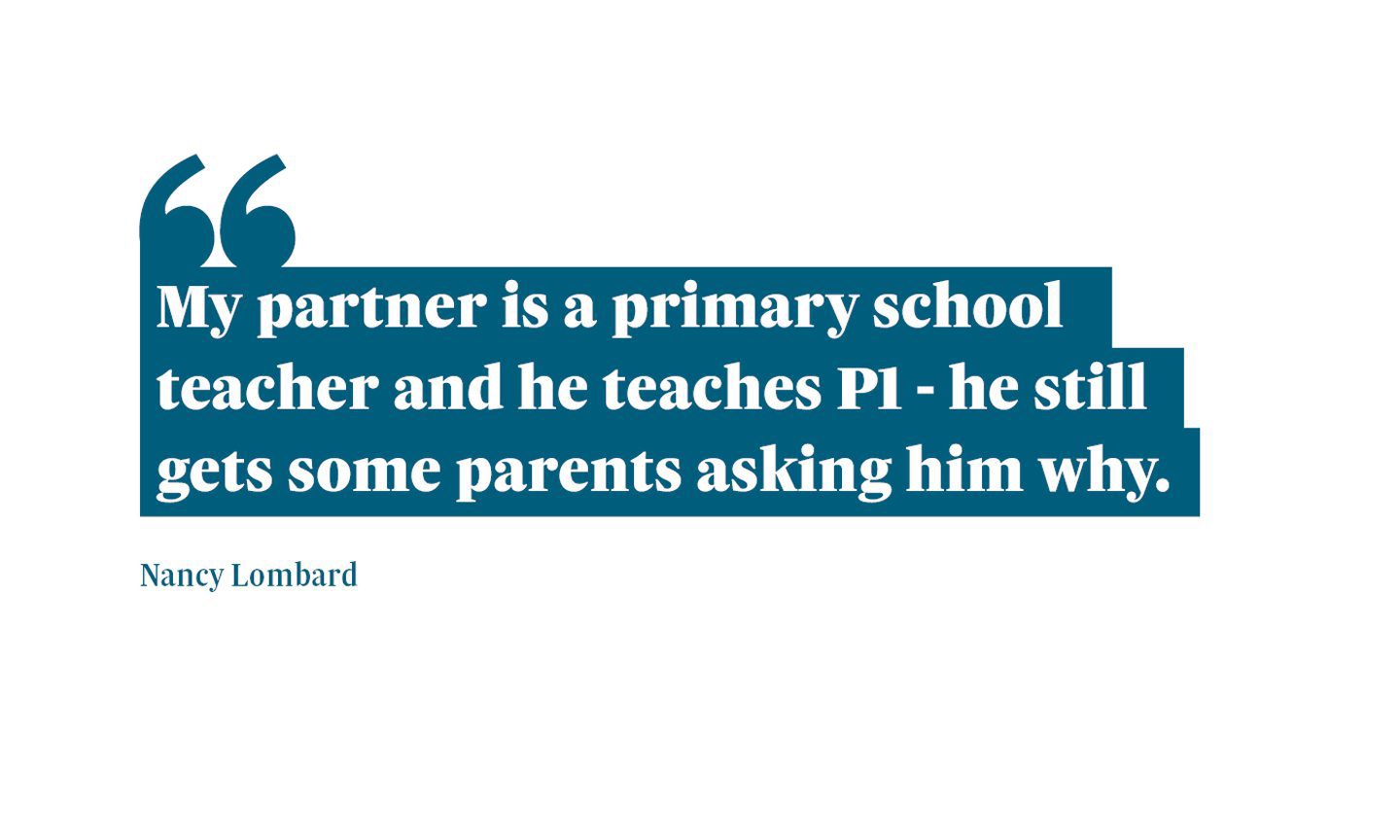
“If people, not just children, are seeing that sort of man in charge, saying these things everyday, that’s where these ideas (of control and coercion) can come from.
“But a lot of the boys I speak to feel quite disabled by that idea – that they have to act like that to be a man, to be good at football and fighting. They speak about it in quite worried ways.
“The thing about gender equality is that it’s not just for women – it’s about men not having to aspire to these unobtainable ways of being a man. That’s just as important, for me.”
Even people’s attitudes to gay relationships are viewed through a hetrosexual lens, she argues: “People still look at gay couples and ask, ‘Which one is the man?’
“My partner is a primary school teacher and he teaches P1 – he still gets some parents asking him why.
“He loves teaching but for a lot of people it’s a real challenge. They expect him to be in charge of the school, not teaching P1s – it’s like we have these unwritten rules we need to follow. It all links into gender, and in turn to sexuality.
“There are people who still see gender differences as natural and necessary. When you look at gender in that way we really limit children’s opportunities. Challenging those limitations and the stereotypes embedded in those is imperative for men to see women as equals.
“When men use power and control they don’t see that partner as equal and that is what it fundamentally comes down to.
“They think they have a right and entitlement to treat that woman as something lesser than them.
“I think if we challenge those understandings of gender we can challenge how men think about women.
“By challenging these ideas around how men treat women at a very early, early age, is really important and gives us those building blocks throughout school to challenge those behaviours.”
